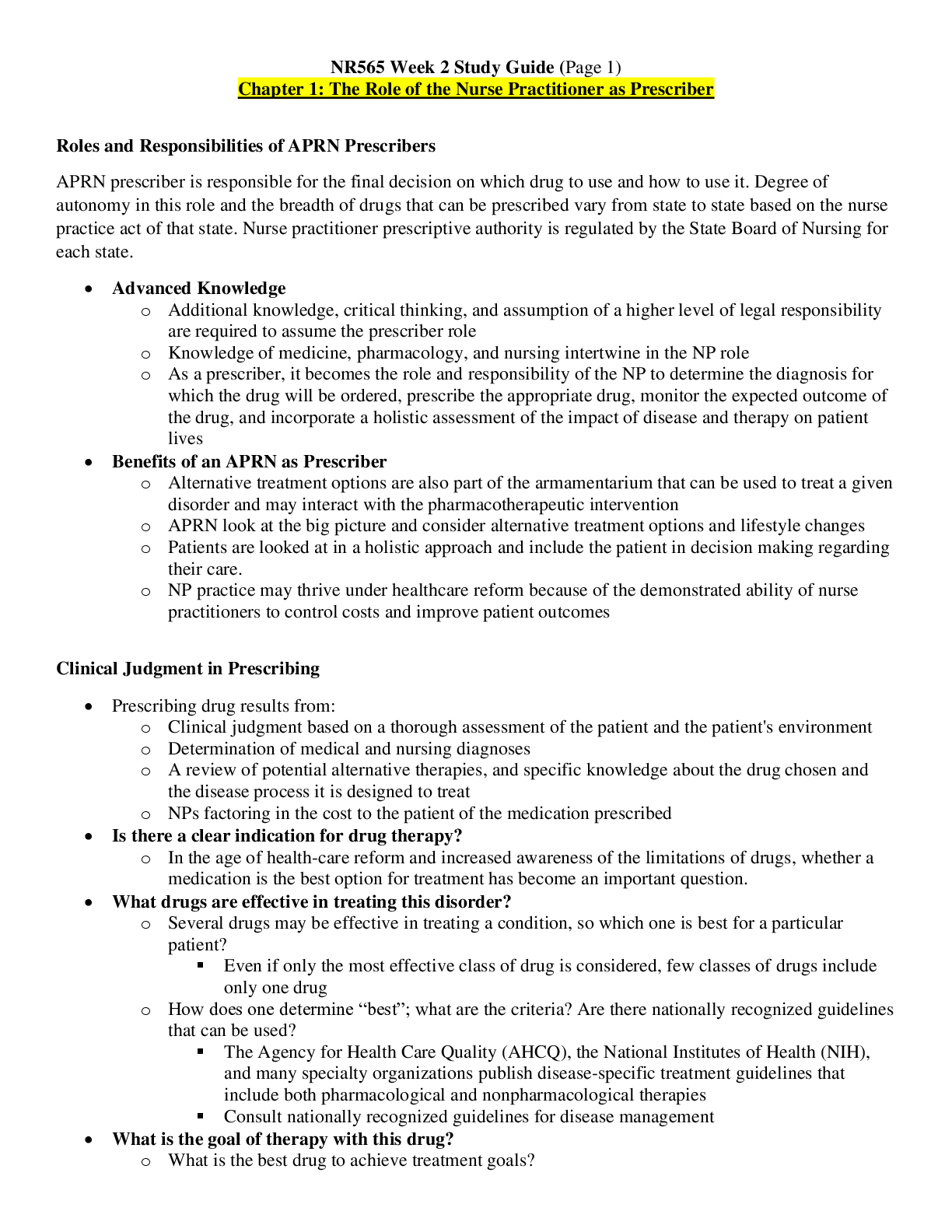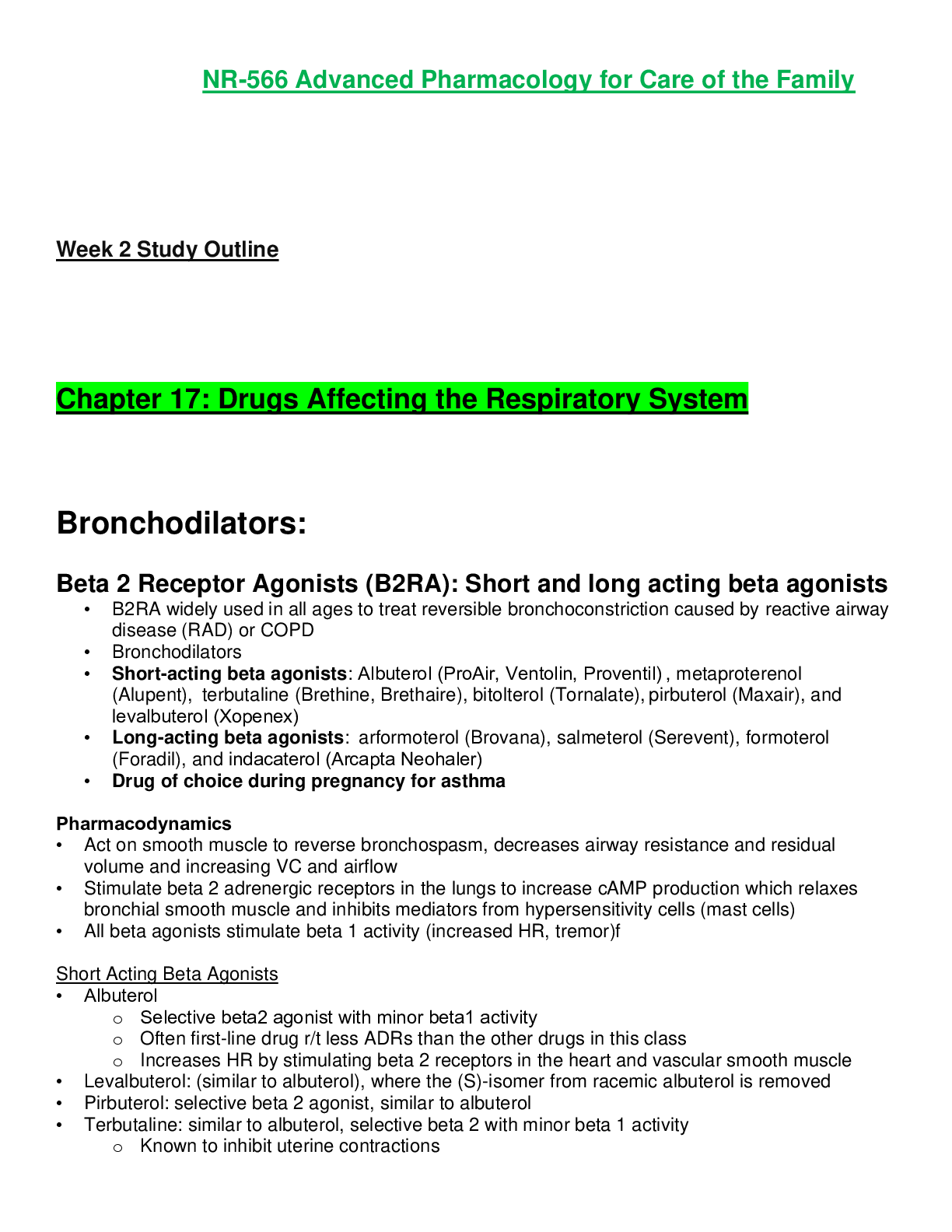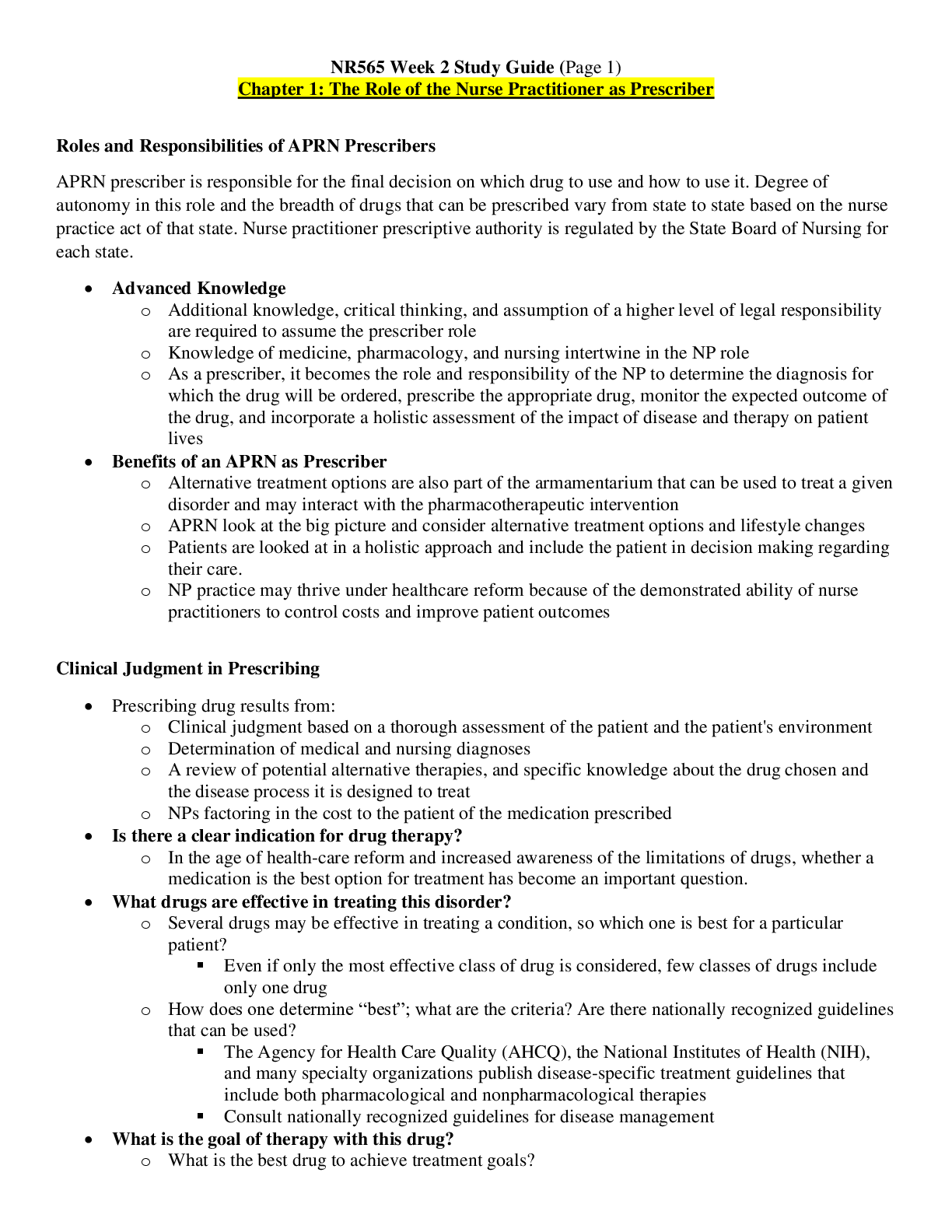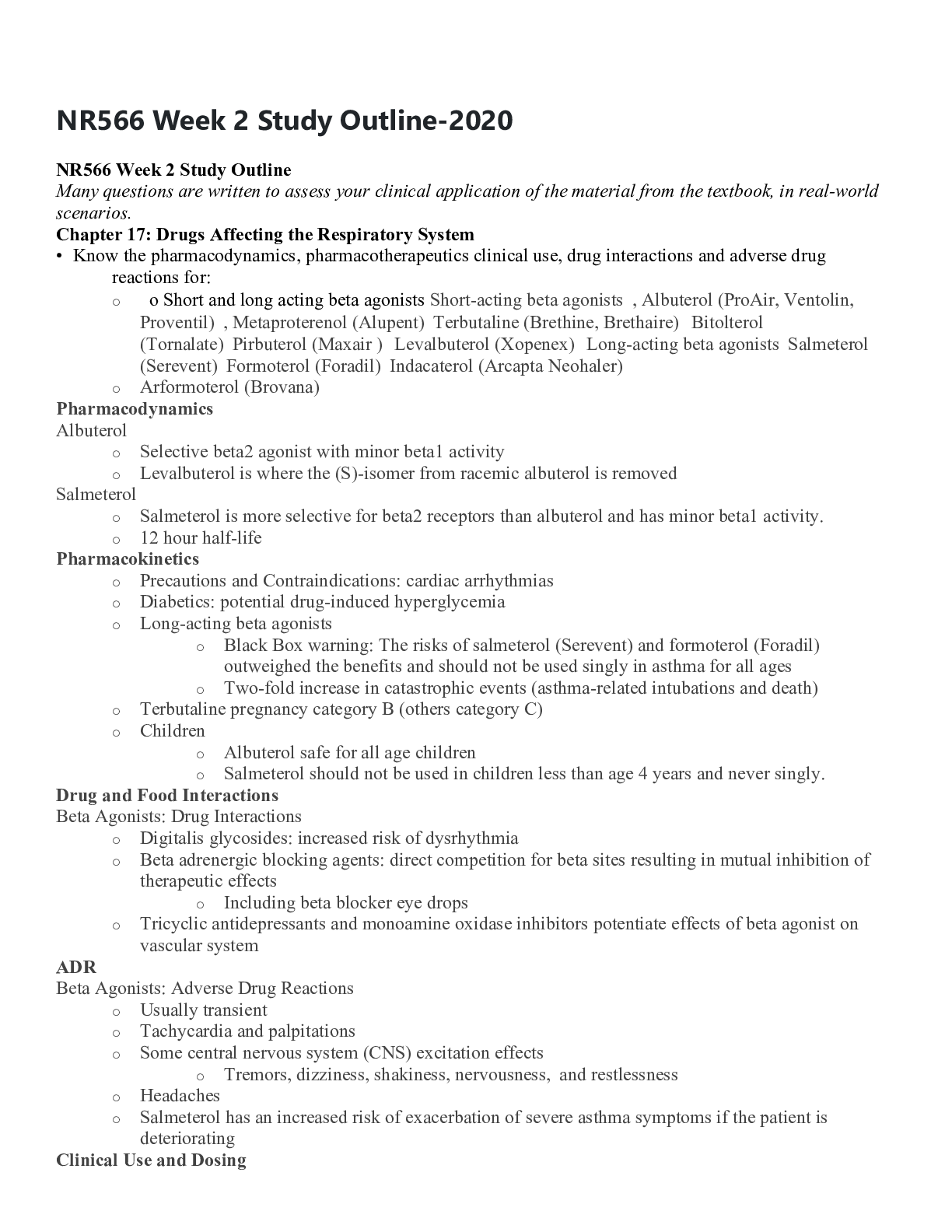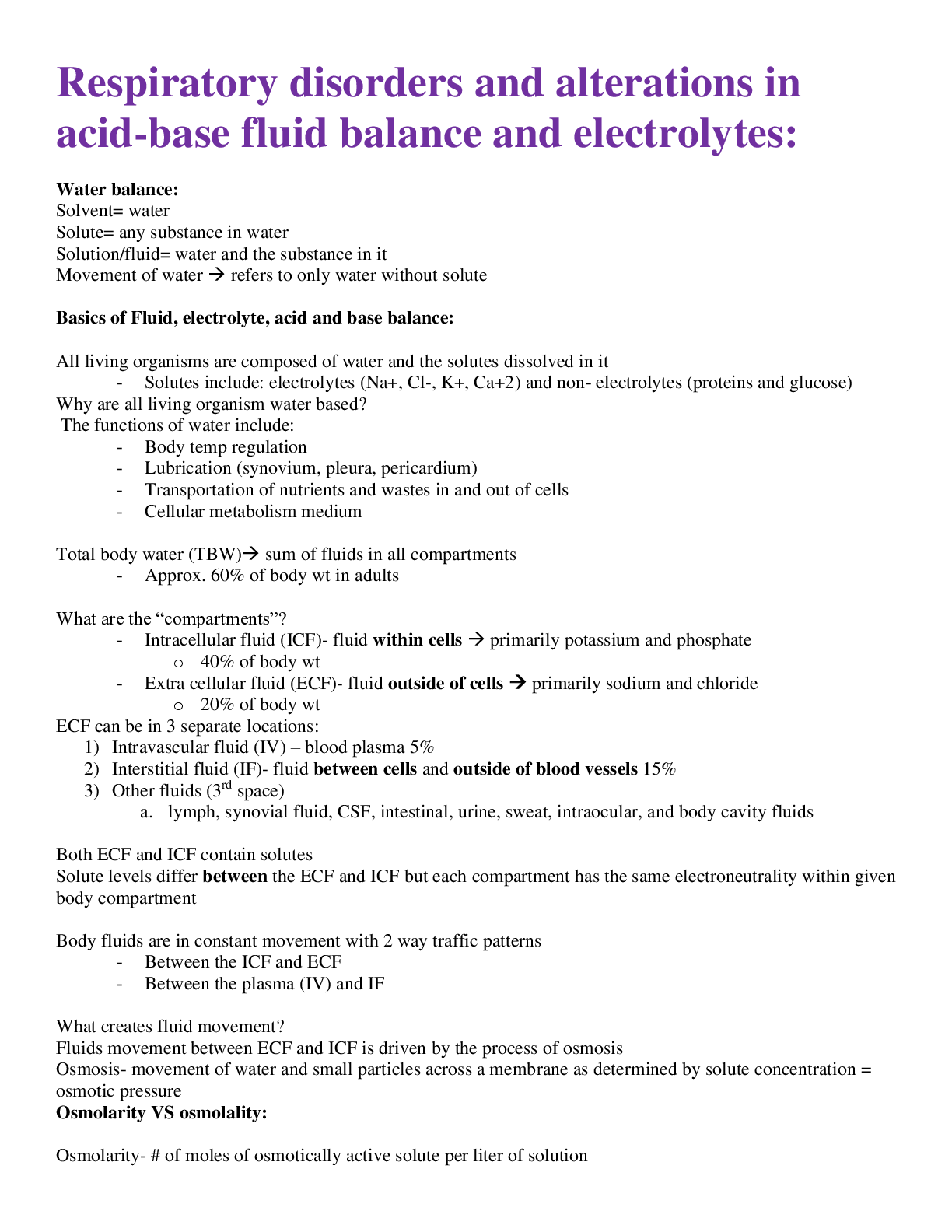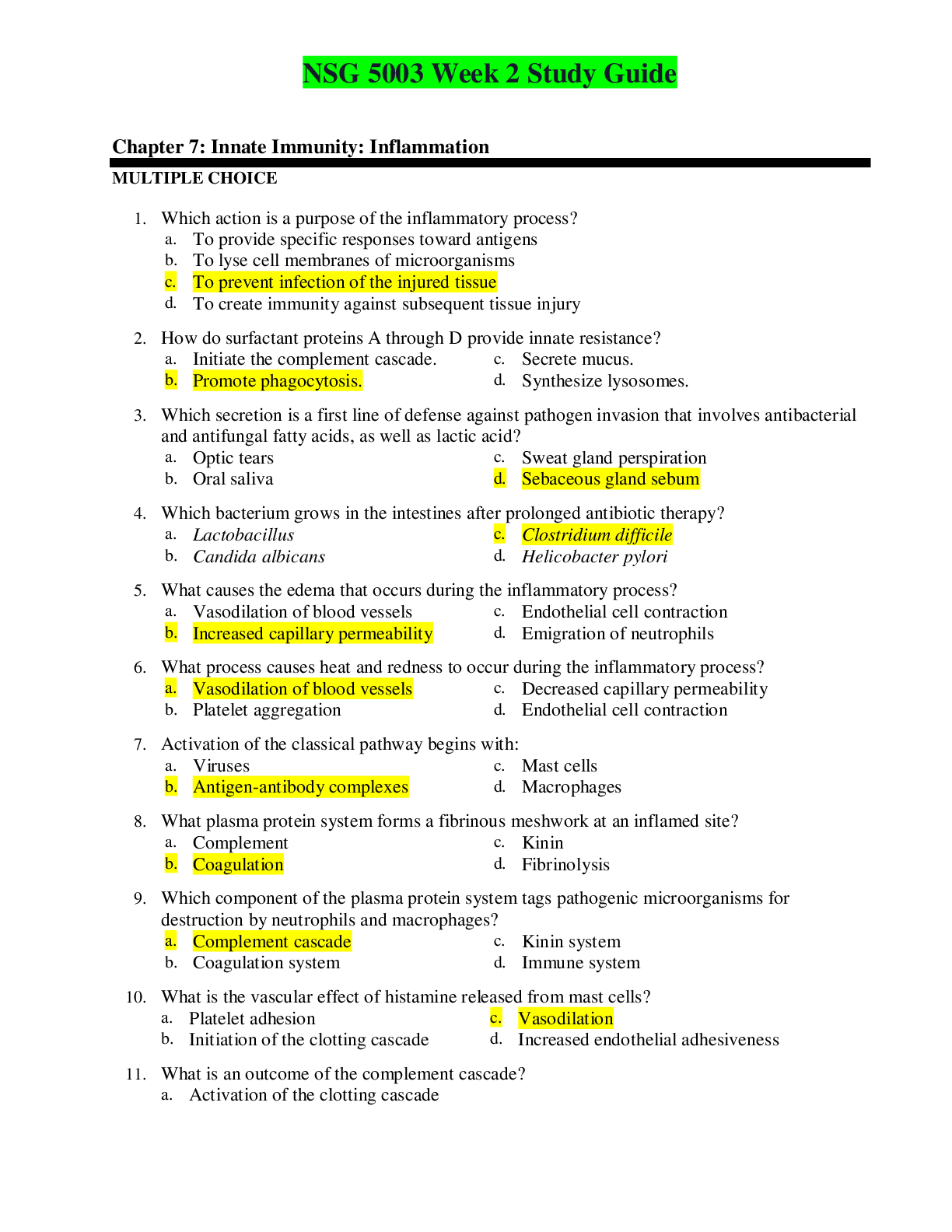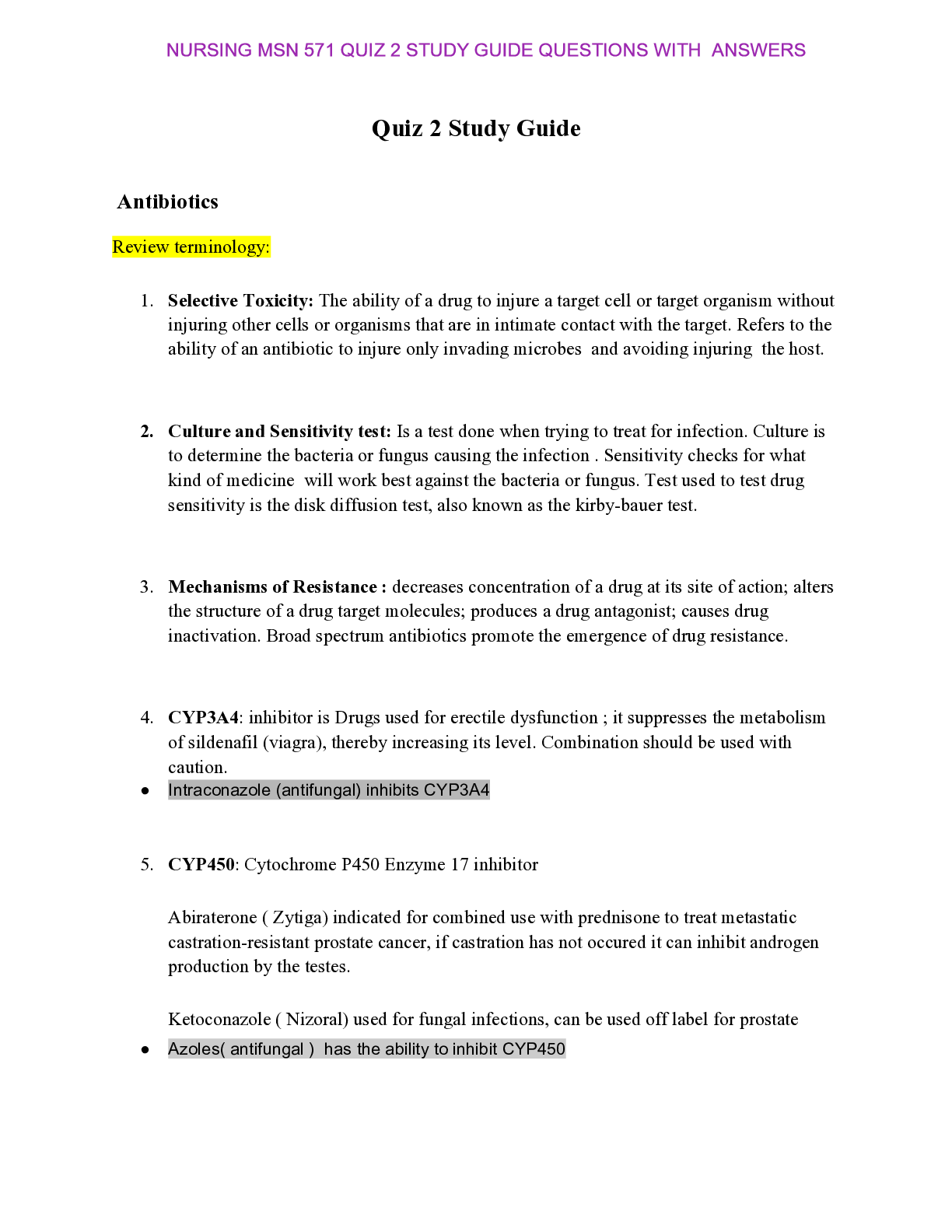*NURSING > STUDY GUIDE > NR 228 Week 2 Study Guide: Chapters 4, 7 and 8 CARBOHYDRATES |VITAMINS | WATER AND MINERALS (All)
NR 228 Week 2 Study Guide: Chapters 4, 7 and 8 CARBOHYDRATES |VITAMINS | WATER AND MINERALS
Document Content and Description Below
NR 228 Week 2 Study Guide: Chapters 4, 7 and 8 Chapter 4: Carbohydrates Carbohydrate: What is the Dietary Reference Intake (DRI) and Acceptable Macronutrient Distribution Range (AMDR) for carbohydrate... s? According to your book Chapter 4 paragraph 3, what are the recommended average daily servings for Review Box 4-1 and compare and contrast whole grains with refined grains. What does the term “enriched” mean? How much of grain consumption should be whole grains? What enzymes are required to metabolize disaccharides? Lactase deficiency is common in what ethnic groups? What other factor contributes to lactase deficiency? (We will look at this is class, do not complete) Then review Box 4-1, or go through you cupboards at home and complete the table to describe a 1 ounce serving of the following foods. Then review The Diabetic Exchange List document and include the serving sizes for one 15 gram CARB exchange. Add the calories. Add the glycemic index from Table 4-2. Look up the information for the fruits and vegetables and add to your table. Compare and contrast 1 ounce serving of grains with the 15 gram carb exchange. Compare and contrast 1 ounce serving of fruits with the 15 gram carb exchange. Why are fruits and vegetables different? Why do pancakes and tortilla show 2 exchanges instead of 1 in the Exchange table? (1 carb 1 fat)? Draw some conclusions about how exchanges are different than carb counting for meal planning? Only counting the carb grams, not including the protein or fat grams found in an exchange. Compare and contrast monosaccharides, disaccharides and polysaccharides. Explain the function of carbohydrates as a nutrient in the body. In what form does the liver and muscles store glucose? What is a normal blood glucose range according to your text? (p. 67) What gland produces insulin and what is insulin’s role in the body? What do all forms of “sugar” including white sugar, brown sugar, dextrose, high fructose corn syrup, honey, maple syrup, and glucose have in common? (p. 69) What are the health concerns related to sugar consumption? Explain the difference between nutritive and non-nutritive sweeteners. (Table 4-3) Which non-nutritive sweetener should people with PKU not consume and why What are the health effects of fibers? Identify several foods that have more than 3—4 grams of fiber in them Chapter 07: Vitamins Describe the difference between primary and secondary vitamin deficiency. Discuss the subgroups of Americans who are at risk for vitamin deficiencies. List two distinguishing characteristics of water-soluble and fat-soluble vitamins. List the vitamins needed for blood health, bone health, energy metabolism, and fluid and electrolyte balance. Merge Tables 7-3 and 7-6 to include both water and fat-soluble vitamins. List the alternative names, primary functions, and food sources for each vitamin. *Study these tables only; do not recreate Name the main deficiency diseases associated with inadequate intake of the following water-soluble vitamins: Name the deficiency diseases or symptoms associated with inadequate intake of the fat-soluble vitamins: Chapter 08: Water and Minerals Identify at least three functions of water. Describe fluid volume deficit (FVD) and fluid volume excess (FVE). List three factors that may affect the bioavailability of minerals. Do minerals provide energy? Why or why not? How are blood calcium levels regulated? List several nondairy sources of calcium. Name several factors that hinder calcium absorption. List three risk factors for osteoporosis. Name the seven major minerals, and list one good food source of each. Name the nine trace minerals, and describe one function of each. Which vitamin enhances the absorption of iron? Name three life cycle stages that have an increased risk for anemia. Explain two possible reasons for hemosiderosis. [Show More]
Last updated: 1 year ago
Preview 1 out of 17 pages
Instant download
.png)
Buy this document to get the full access instantly
Instant Download Access after purchase
Add to cartInstant download
Also available in bundle (1)
.png)
NR 228 Nutrition, Health & Wellness Bundle (Discussions, Assessments & Exams)
NR 228 Nutrition, Health & Wellness Bundle (Discussions, Assessments & Exams)
By Grademaster 3 years ago
$48
11
Reviews( 0 )
Document information
Connected school, study & course
About the document
Uploaded On
Dec 18, 2020
Number of pages
17
Written in
Additional information
This document has been written for:
Uploaded
Dec 18, 2020
Downloads
0
Views
86

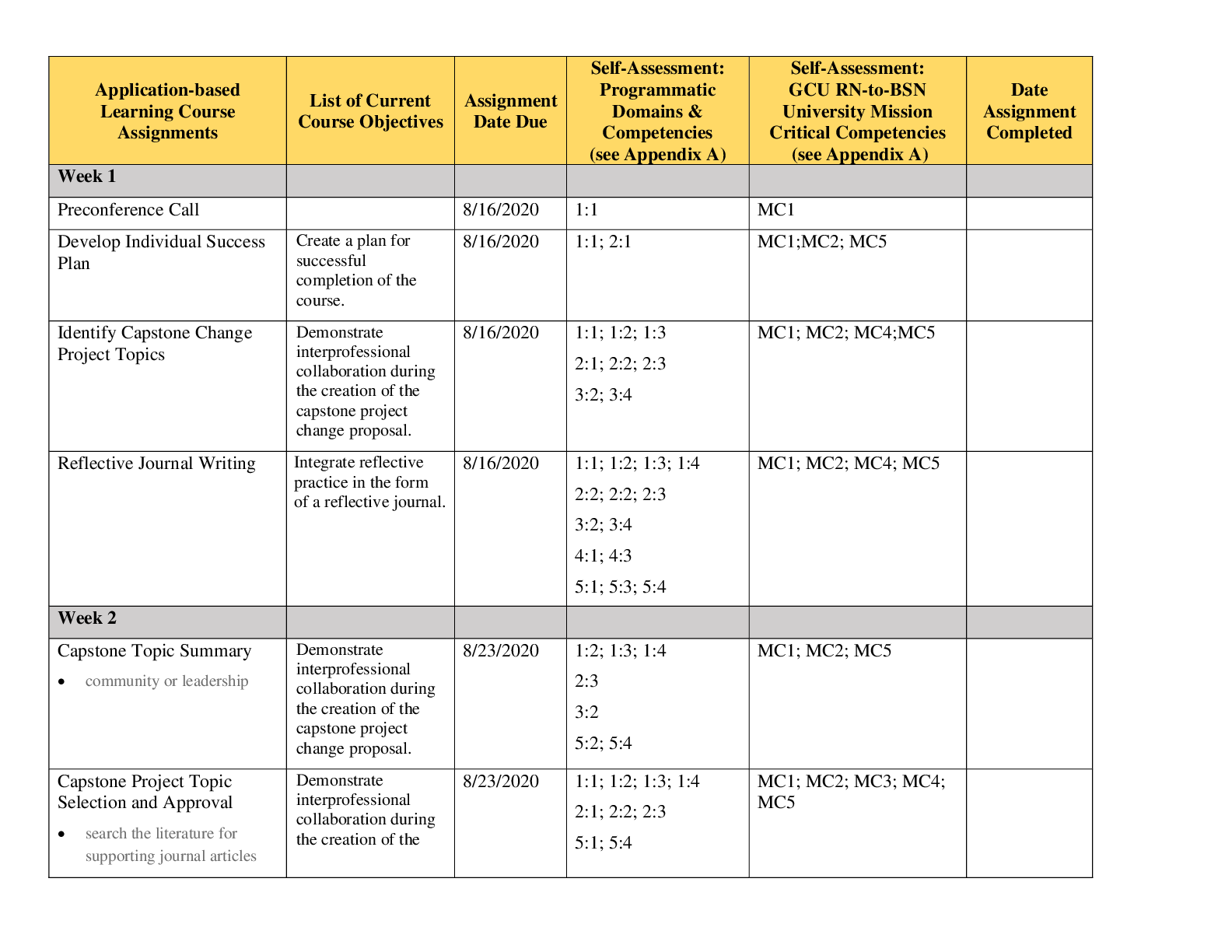
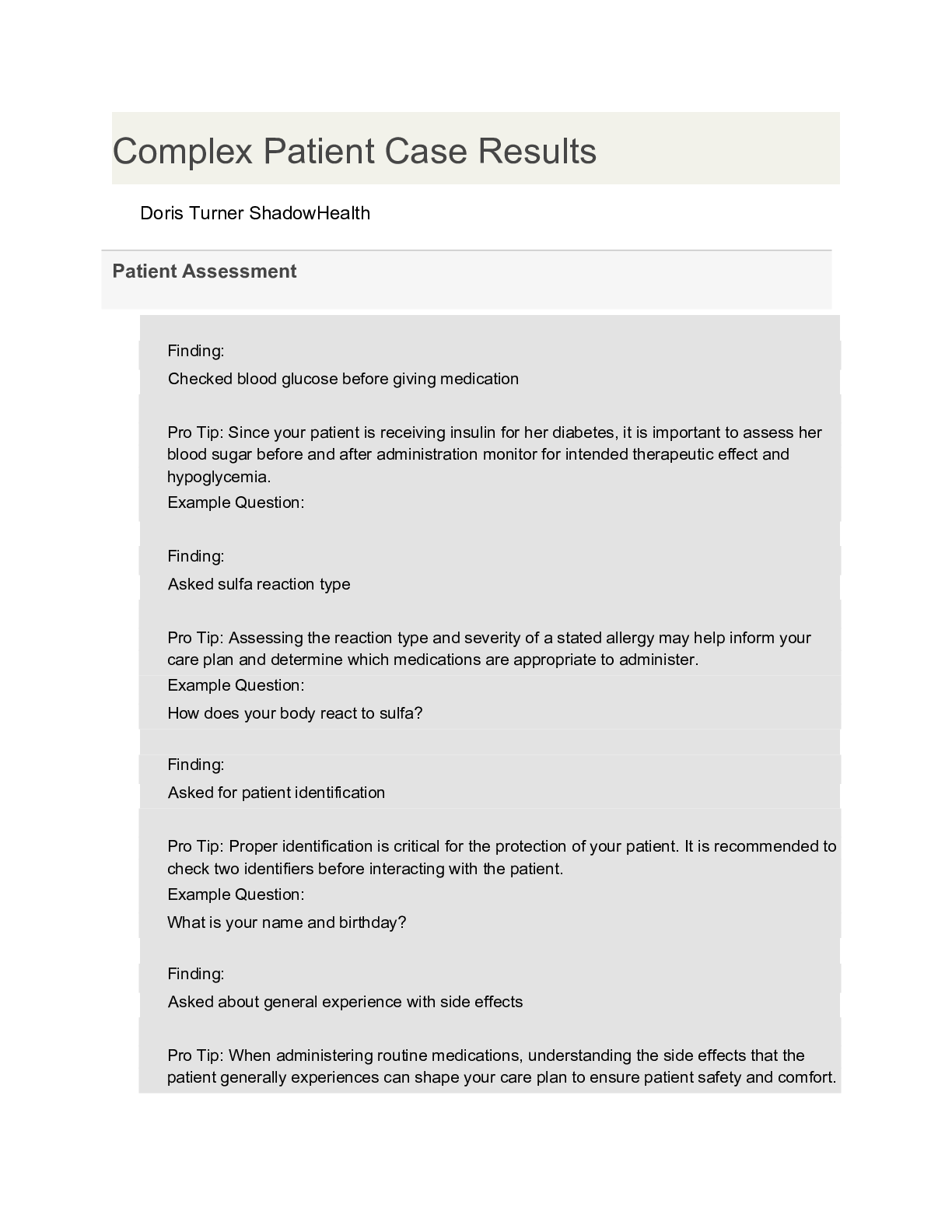


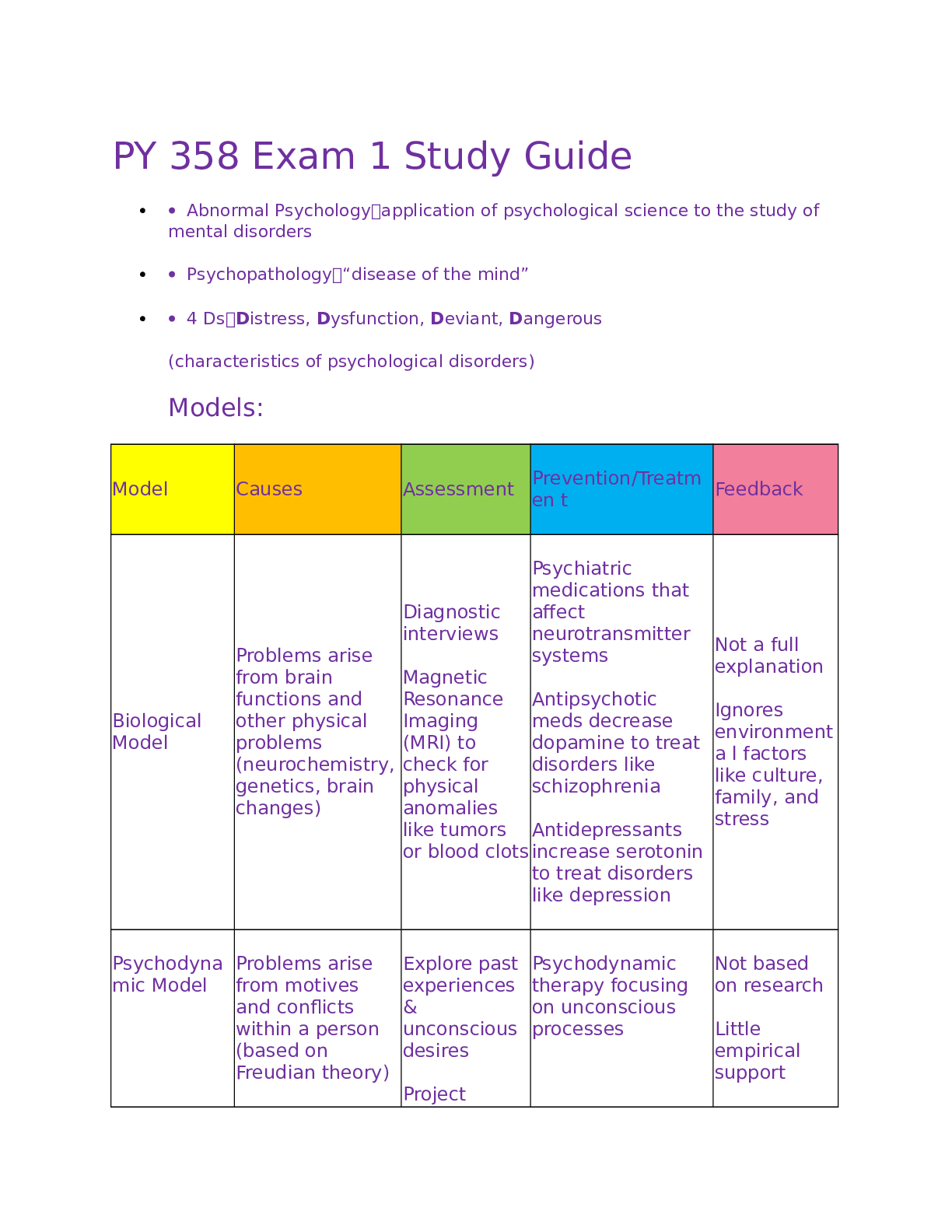
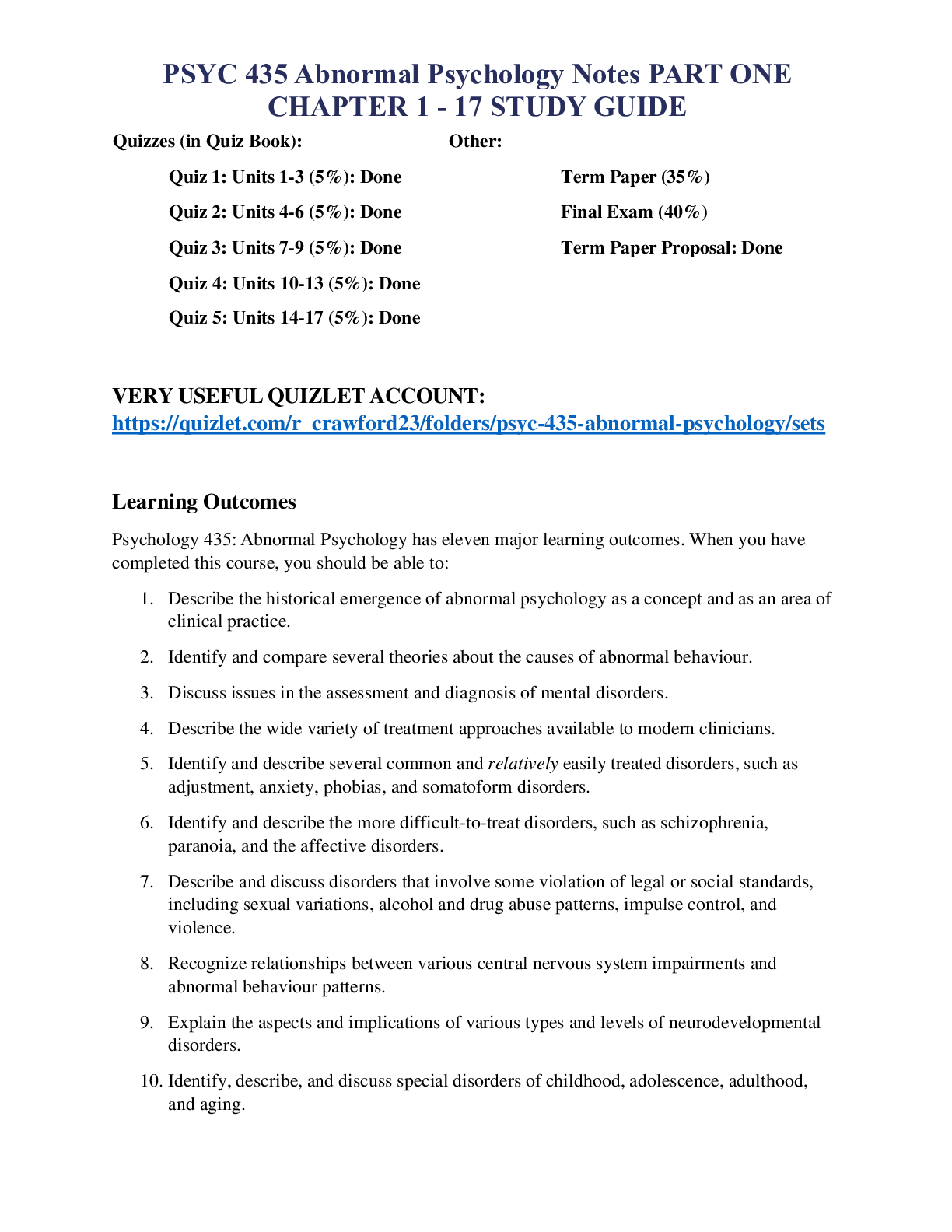
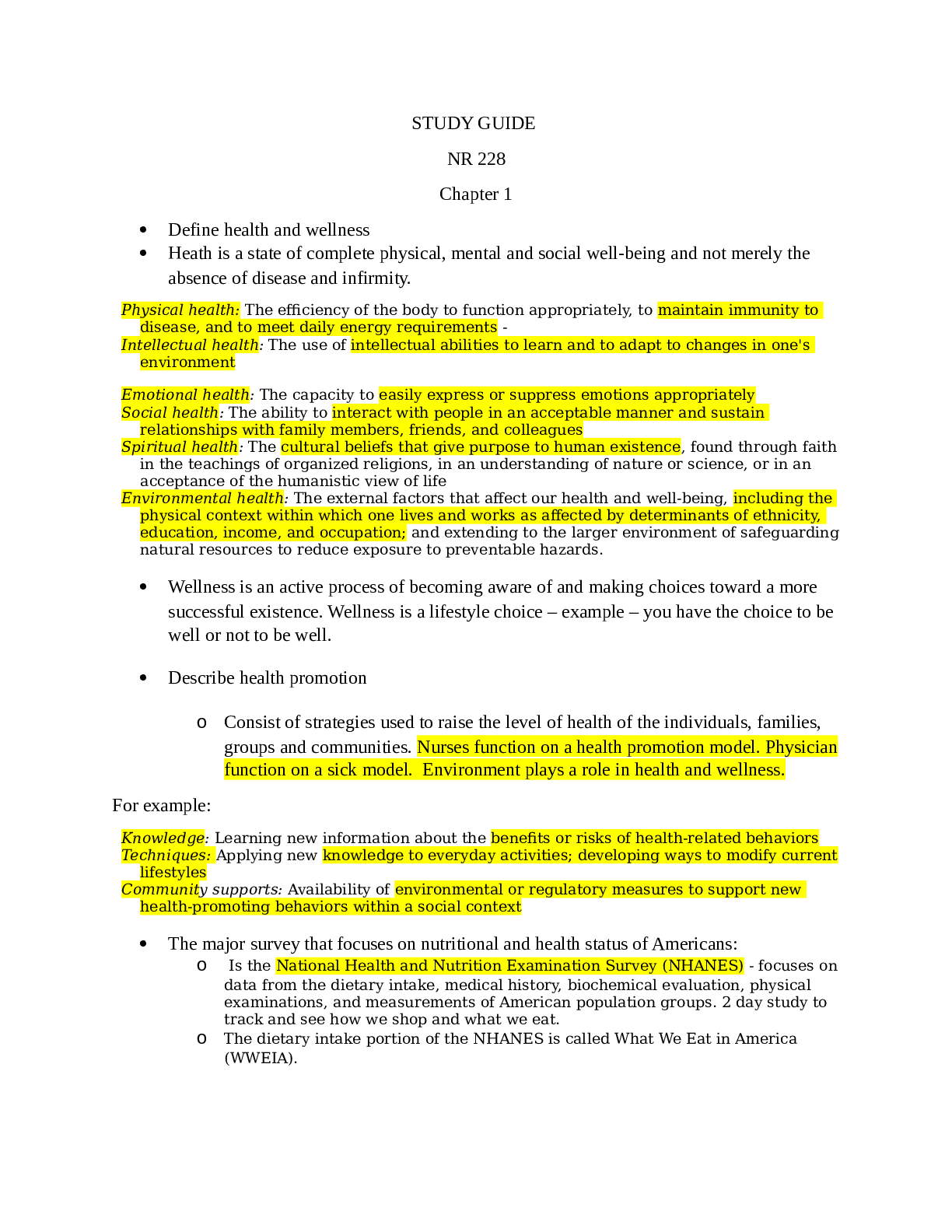
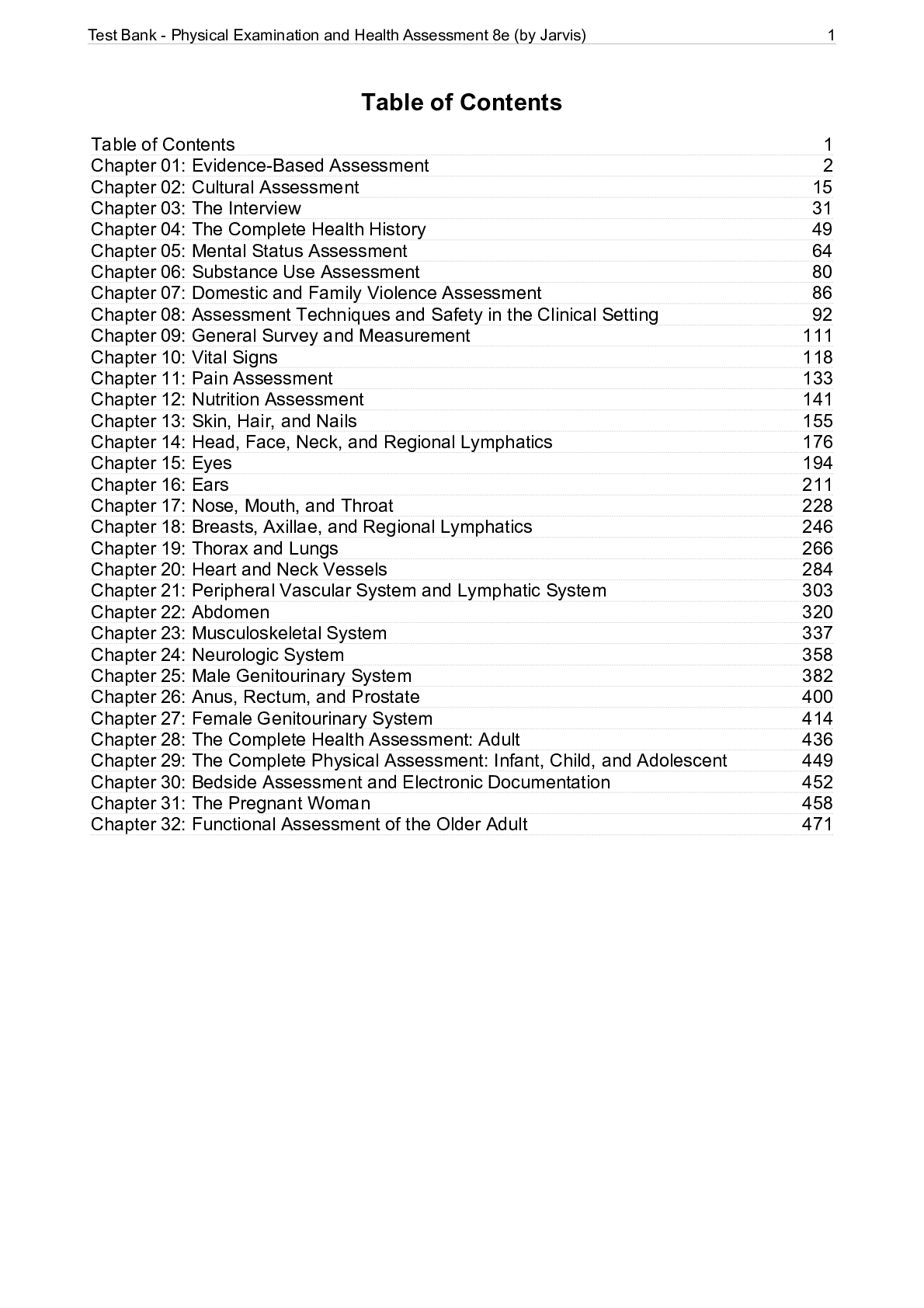
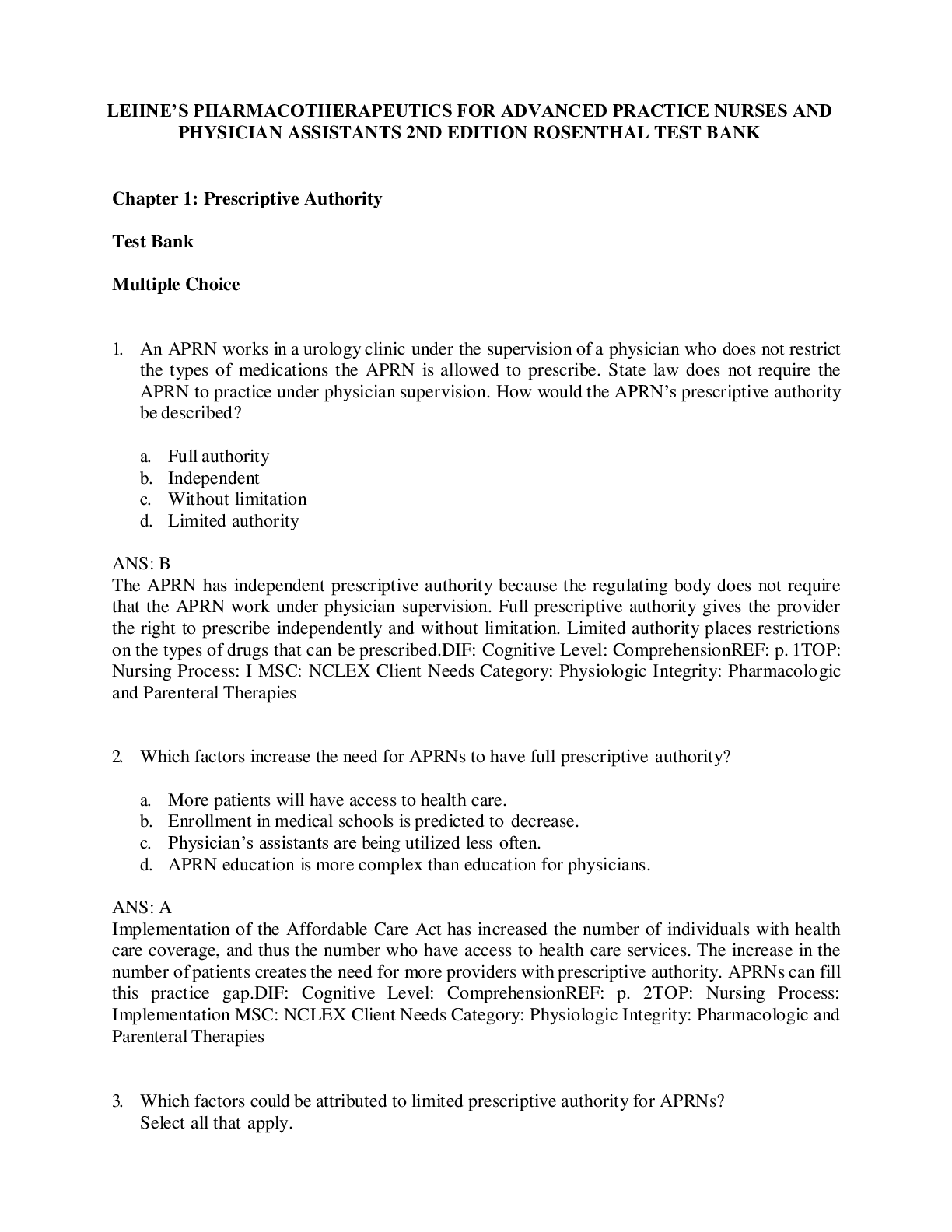
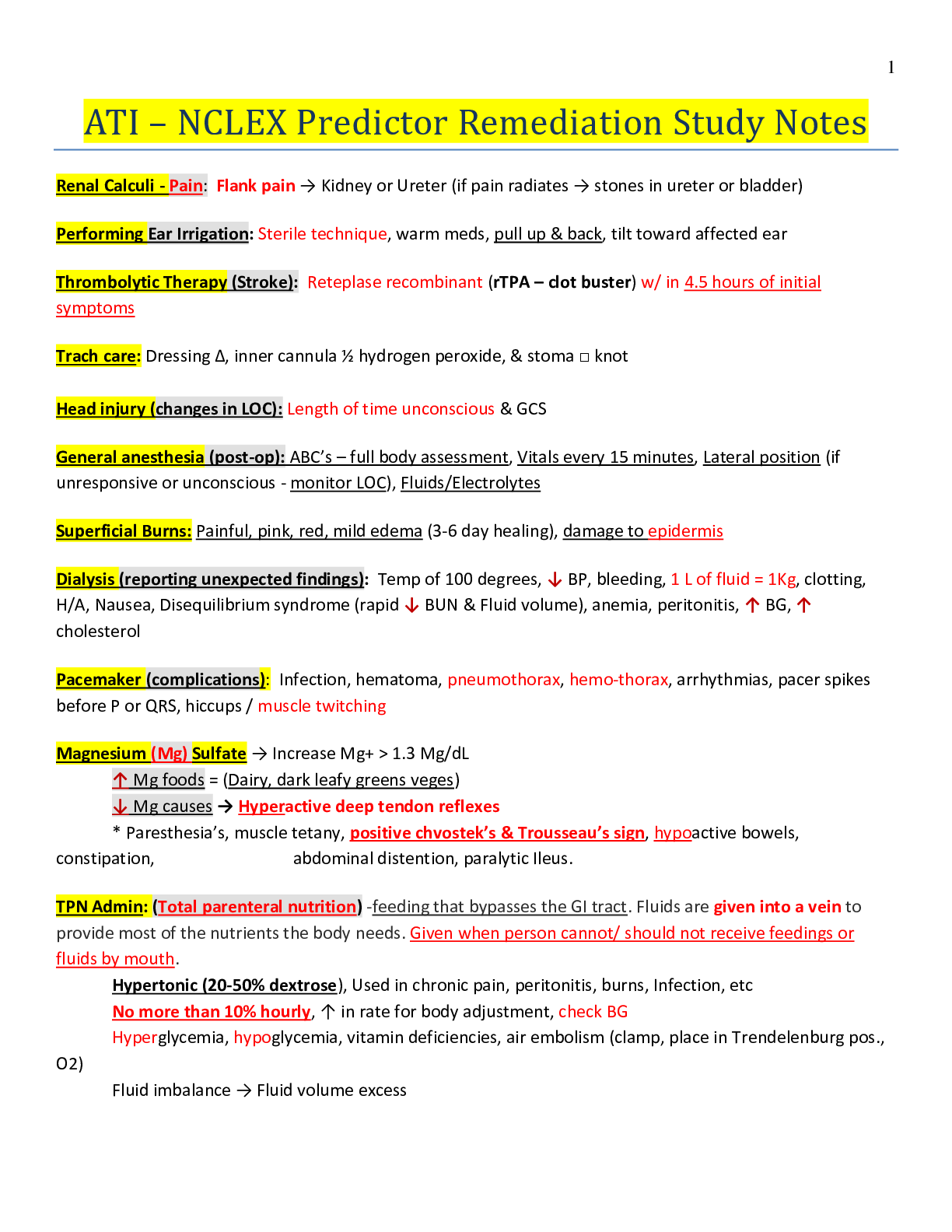
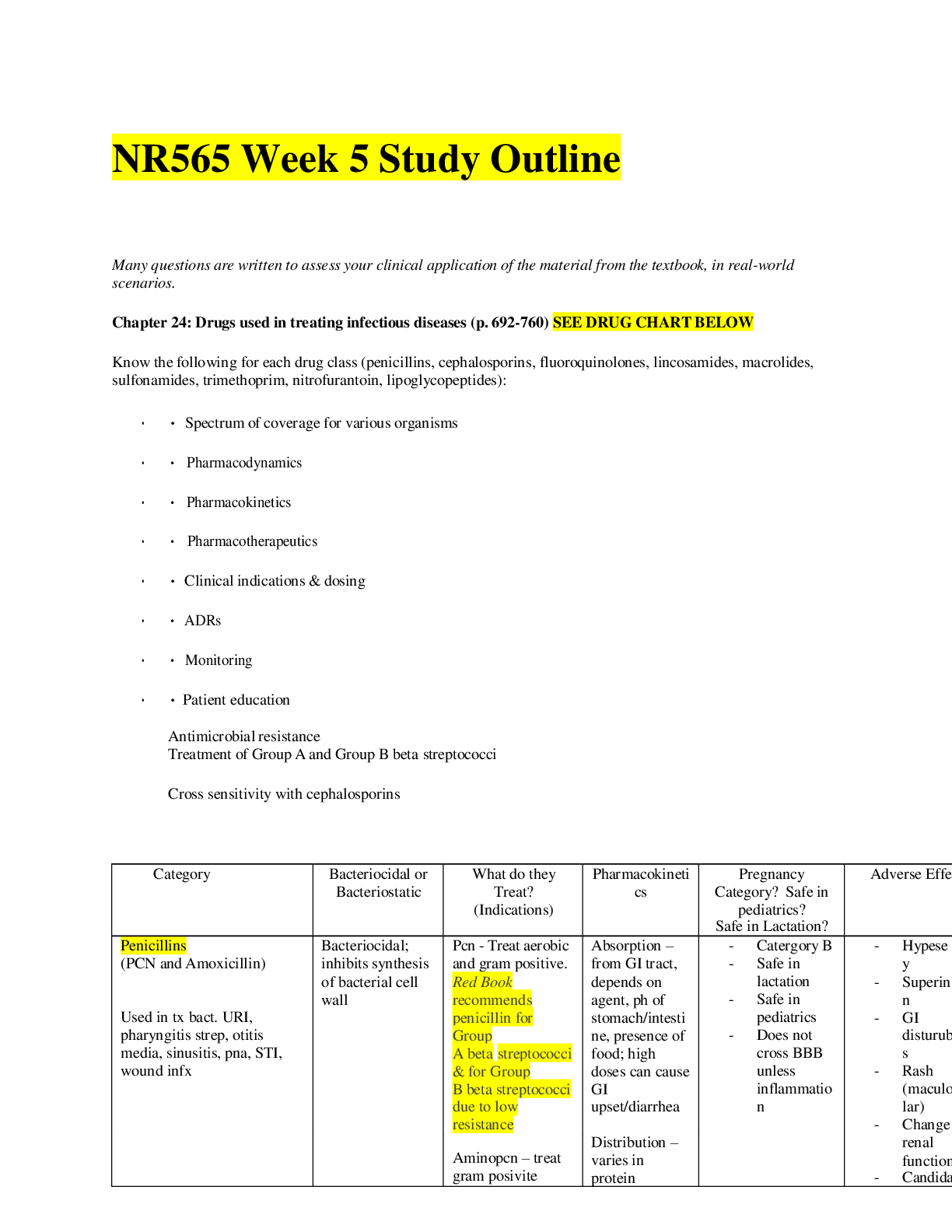
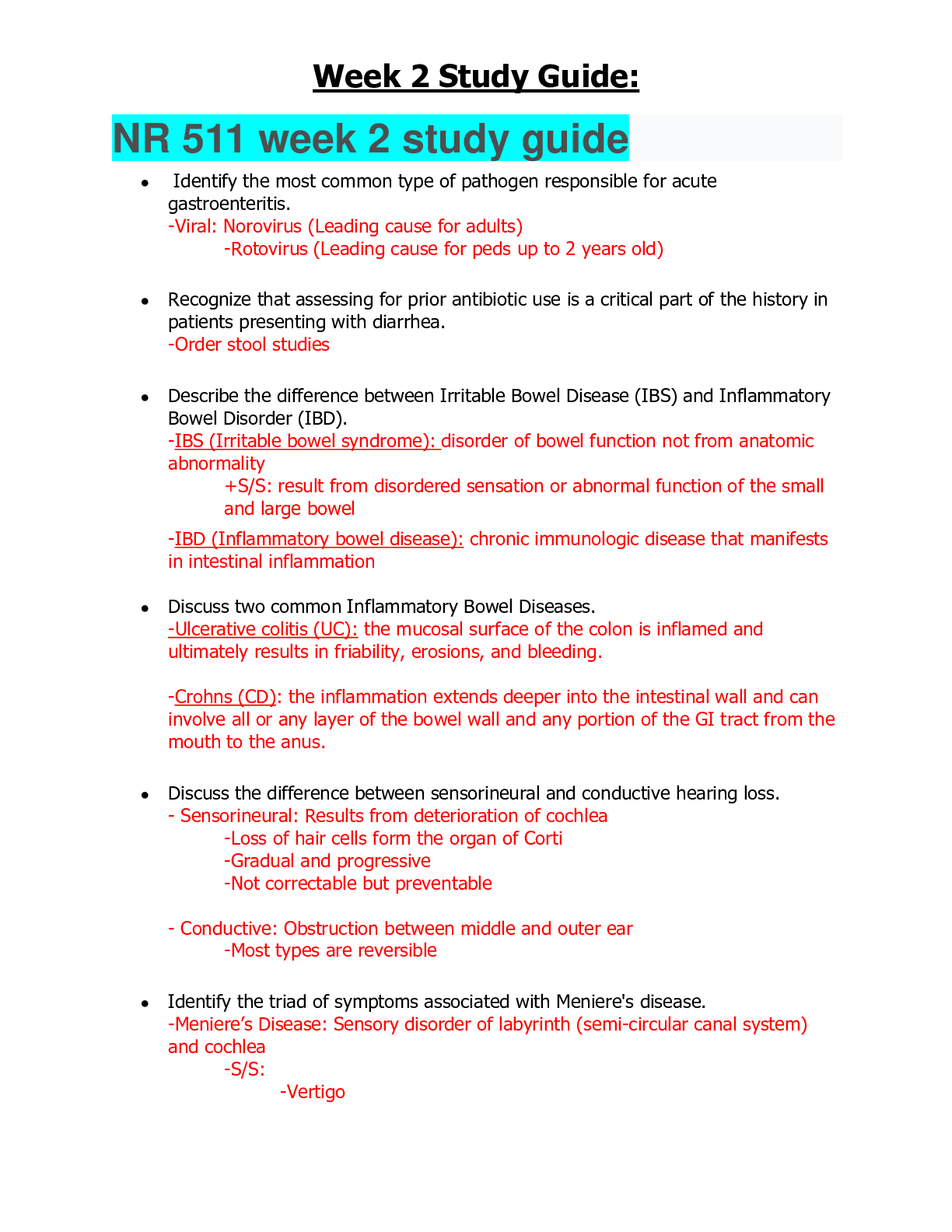
 qans.png)

